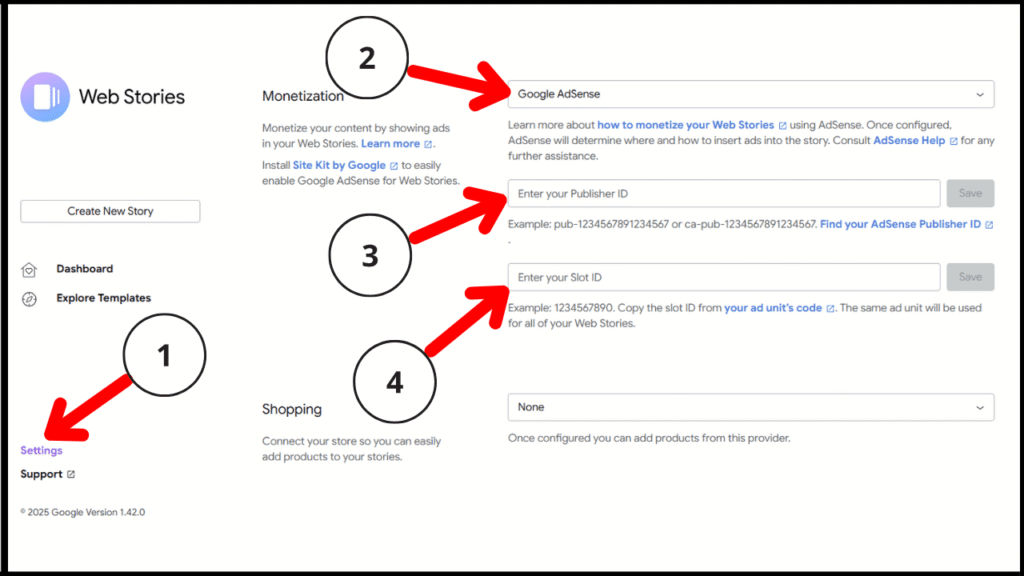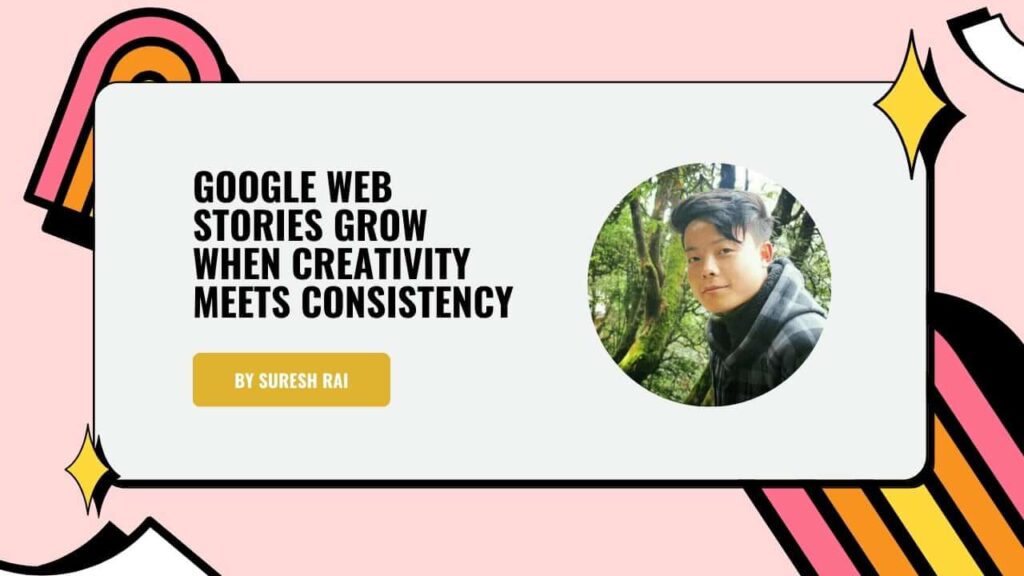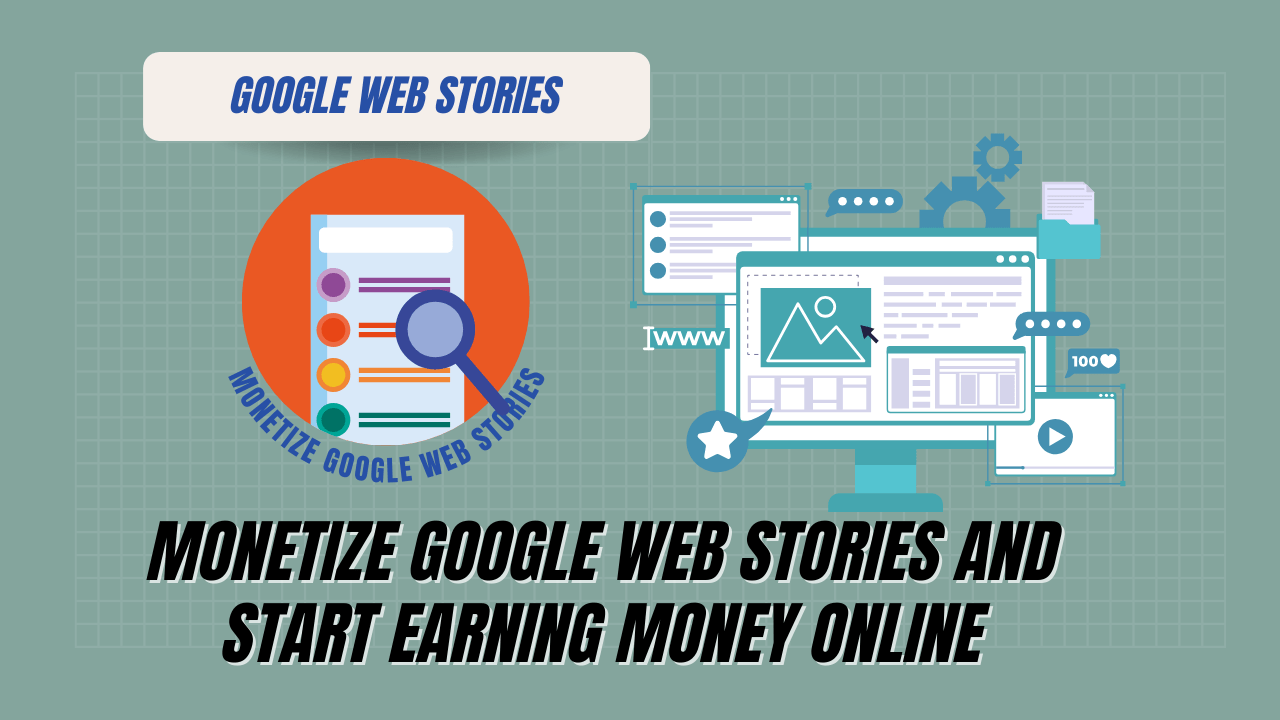Google Web Stories aren’t just engaging, mobile-friendly content; they can also be a powerful way to generate income. With the right strategies, stories can drive traffic, boost engagement, and open multiple revenue streams. Here’s a step-by-step guide to monetize Google Web Stories.
- Step 1: Basic Criteria to Monetize your Web Stories
- Step 2: Monetize Web Stories Ads with Google
- Step 3: You can add Affiliate Links inside your Web Stories
- Step 4: Monetize with Sponsors
- Step 5: Use Stories for Lead Generation
- Where do Google Web Stories appear
- Web Stories Optimization for Growth
- Quick Do’s and Don’ts
- Final Thoughts
Step 1: Basic Criteria to Monetize your Web Stories
Before monetization begins, make sure the basics are in place:
A website that hosts Web Stories (WordPress with the official Google Web Stories plugin works best).
An approved Google AdSense or Google Ad Manager account.
Required site pages such as Privacy Policy, About, and Contact.
Google Analytics and Search Console connected for tracking performance.
Having this setup ensures that stories meet Google’s guidelines and are ready for monetization.
Step 2: Monetize Web Stories Ads with Google
Display ads are the easiest and most passive way to earn.
On WordPress:

Step 1 – Go to Google Web Stories Plugin → Settings → Monetization.
Step 2 – Enter the AdSense Publisher ID and Ad Slot ID.
Step 3 – Save settings—ads will automatically appear in Web Stories.
Without WordPress:
Add code directly in the Web Story HTML and configure it with AdSense or Ad Manager details.
Video Guide to monetize your Web Stories:
Step 3: You can add Affiliate Links inside your Web Stories
Affiliate marketing often generates higher revenue than ads when done correctly.
Use the swipe-up (page attachment) feature to add affiliate links.
Link to relevant products, services, or reviews.
Always disclose that affiliate links are being used.
Track results using UTM codes to understand what converts best.
Example: A story on “Top 5 Travel Gadgets” can link directly to Amazon products.
Step 4: Monetize with Sponsors
Sponsored Web Stories are an excellent way to generate direct income.
Create a simple media kit highlighting audience reach, impressions, and engagement rates.
Pitch brands related to the niche (travel, tech, food, lifestyle, etc.).
Offer packages that include Web Stories, blog posts, and social media promotions.
Clearly disclose sponsored partnerships for transparency.
Brands are willing to pay when stories bring targeted exposure.
Step 5: Use Stories for Lead Generation
Web Stories can go beyond ads and affiliates by helping build long-term revenue streams.
Offer free guides, templates, or checklists in exchange for email signups.
Promote digital products such as eBooks, courses, or presets.
Direct viewers to e-commerce products or services.
This approach turns Web Stories into a funnel that captures leads and drives long-term conversions.
Where do Google Web Stories appear
Google Web Stories appear across multiple Google platforms, including Google Search, Google Discover, and Google Images. They show up as tappable, visually rich story cards that users can explore for quick, engaging information. These stories can also be embedded on websites and shared across social media, giving them wide visibility beyond Google’s ecosystem.
Web Stories Optimization for Growth

Step 1: Optimize Stories for Google
To make money, stories need consistent traffic. Optimization is key:
Use catchy, keyword-rich titles (e.g., “Best Cafes in Darjeeling”).
Add poster images, publisher logos, and metadata.
Keep stories 5–15 slides long for better engagement.
Use short text, large fonts, and vertical video.
Interlink related stories and publish consistently.
SEO-friendly stories are more likely to appear in Google Discover, Search, and Images.
Step 2: Track and Improve
Performance tracking helps identify what works best.
Monitor:
Views and impressions in Search Console.
Completion rate to measure engagement.
Revenue and click-through rate (CTR).
Affiliate conversions and lead signups.
Doubling down on high-performing topics increases both traffic and revenue.
Quick Do’s and Don’ts
Do’s
- Combine ads, affiliates, sponsors, and lead generation for multiple revenue streams.
- Use engaging visuals, videos, and strong calls-to-action like “Swipe Up.”
- Publish regularly to build audience trust and traffic.
Don’ts
- Avoid thin or copied content.
- Don’t overload stories with ads or irrelevant links.
Final Thoughts

Google Web Stories are more than just visual slides—they can be turned into a reliable source of income. By combining display ads, affiliate links, sponsorships, and lead generation, creators can build both short-term and long-term revenue streams. Consistency, SEO optimization, and high-quality storytelling are the keys to success.
Also Read: What is Google Web Stories
